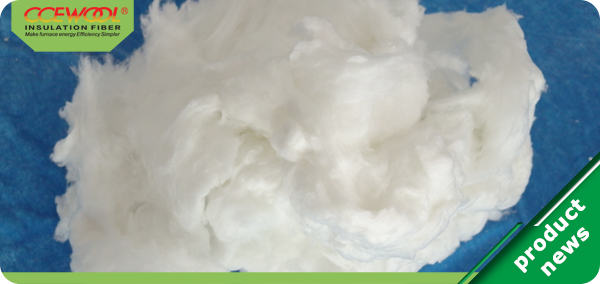CCEWOOL refractory fibre can improve the calcination efficiency of the ceramic furnace by enhancing heat insulation and reducing heat absorption, so as to reduce energy consumption, increase furnace output and improve the quality of ceramic products produced.
There are many ways to produce refractory fibre
First, the blowing method uses air or steam to blow a stream of molten refractory material to form fibers. The rotary method is to use a high-speed rotating drum to crush the molten refractory material to form fibers.
Second, the centrifugation method is to use centrifuge to spin the stream of molten refractory material to form fibers.
Third, the colloid method is to make the material into a colloid, solidify it into a blank under certain conditions, and then calcine it into a fiber. Most of the fibers made by melting are amorphous substances; finally, the refractory material is made into colloid, and then the fibers are obtained by heat treatment.
The fibers produced by the first three processes are all vitreous and can only be used at low temperatures. The latter method produces fibers in a crystalline state. After the fibers are obtained, refractory fiber insulation products such as felts, blankets, plates, belts, ropes, and cloths are obtained through processes such as slag removal, binder addition, molding, and heat treatment.
Post time: Oct-10-2022


